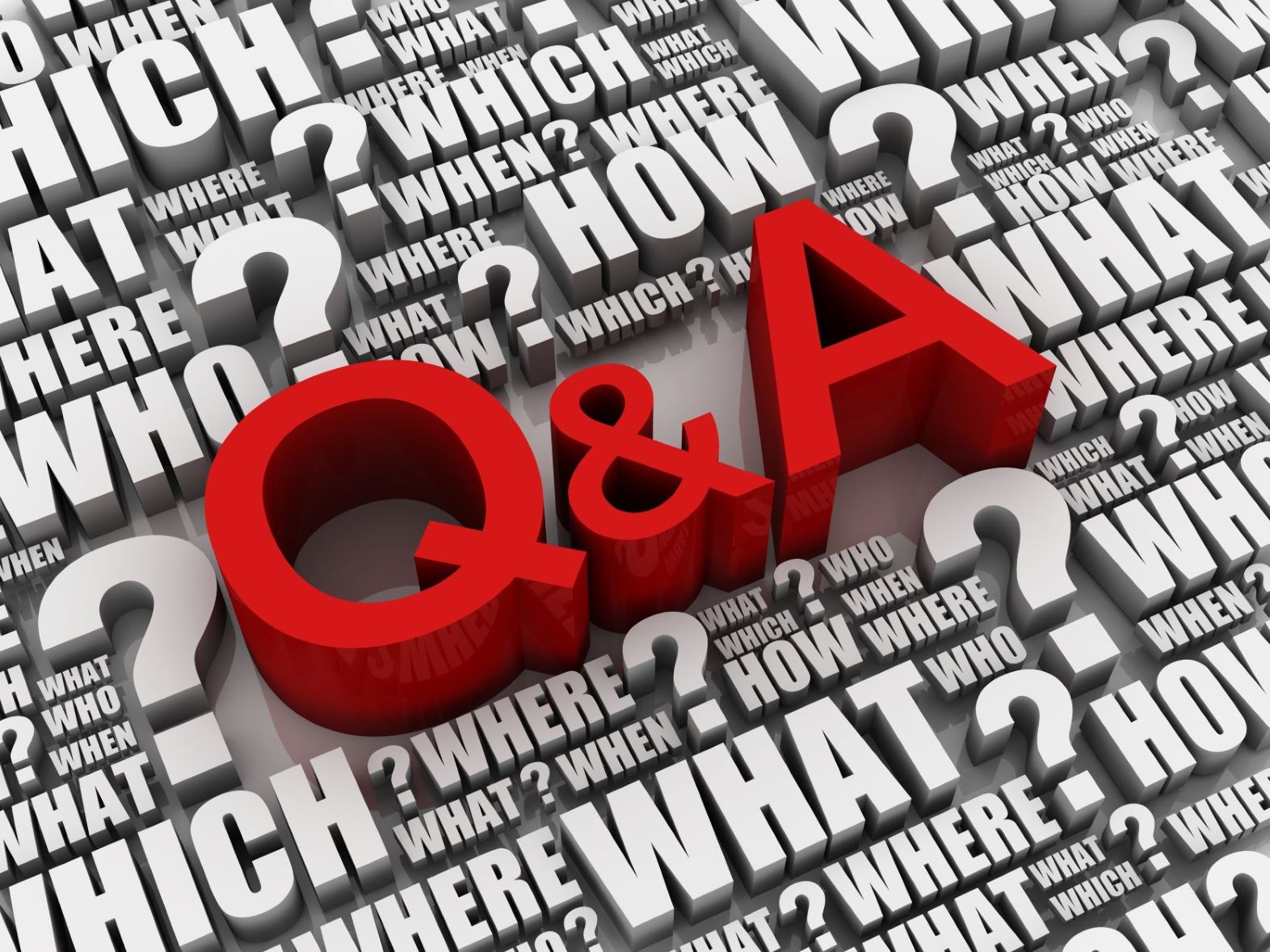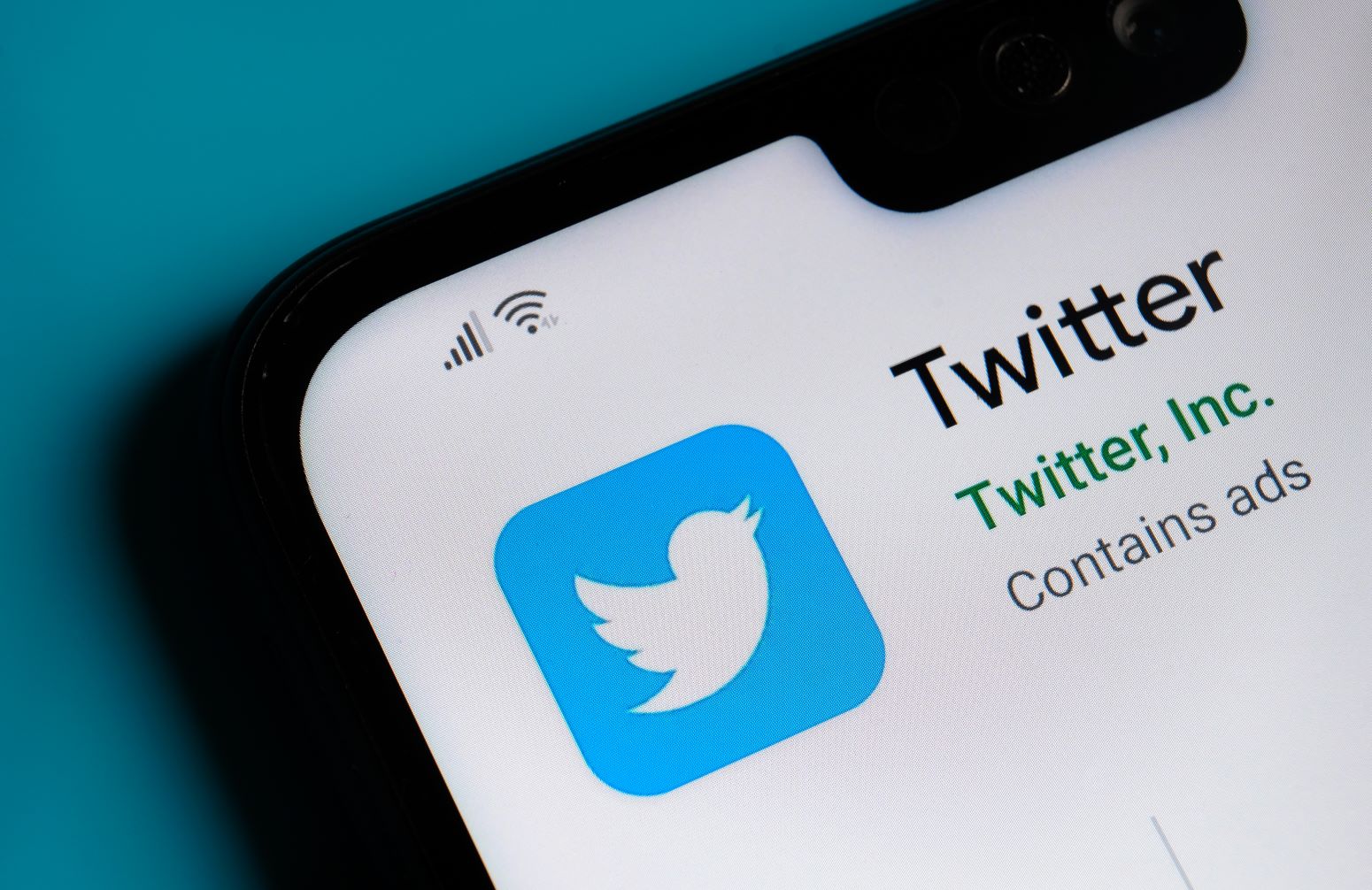If you’re a firm that doesn’t utilize AI and/or chatbots in your customer service/support department today, you might be feeling a little overwhelmed. As a result of the Covid-19 epidemic, our consumers have a slew of questions for us as a company.
All of your clients’ common questions may be answered quickly with a conversational AI Q&A chatbot. Answering the same questions regarding your Covid-19 policy that others have, how you’re going to operate throughout this period, what safety measures you’ve put in place, and other questions that come up on a day to day/hour to hour basis now vs. Assisting the customer care staff with really serious/detailed client issues.
A chatbot is using the latest CDC Coronavirus Self Checker tool to assist you with any symptoms you may be experiencing.
To guide you through a sequence of questions, most chatbots employ simple decision tree architectures. Our Q&A chatbot is a more user-friendly and time-saving version of this today.
It’s critical to your business to provide a seamless, engaging Q&A chatbot experience. Using a chatbot to answer commonly asked questions may enhance customer satisfaction while also increasing conversion rates, resulting in more consumers.
Why accept the risk of people finding the solution they’re looking for on your website when you can offer the same response faster in a chat marketing environment where you have far more control? Businesses have traditionally included “FAQs” on their websites. Users may have found such a method to be inconvenient in locating the precise information they want. How can you utilize chat more effectively to provide the appropriate material to the right person at the right time?
A nice example of a ‘pull mechanism’ is website chatbots. When a consumer or prospect is seeking information and doesn’t know what they’re looking for, they know they’ll have to ask a question. A chatbot has the ability to give the appropriate answers quickly at any time, 24/7, using natural language processing in a style that is extremely conversational and engaging.
For a firm that relies on its customers’ queries being handled promptly and effectively, this might be game-changing. For the marketer or the person creating the chatbot, the difficulty is to have all of the potential replies set up ahead of time. Begin with your product or service’s documentation or the content of your ‘frequently asked questions’ chatbot.
Of course, you’ll want to keep this ‘frequently asked questions’ information on your website (for users and search engines alike). This isn’t a battle between bots and websites. Using chatbots, you’ll also be able to learn a lot more about what your consumers want.
It will serve as a discovery tool for you, as well as a location for you to get inside the brains of your consumers and understand what they really need from you, based on the questions they ask your bot. Use this to fine-tune your chatbot’s response to frequently asked questions.
You’ll be able to observe what the chatbot couldn’t match content to while you’re designing your Q&A triggers.
Use this data to either match these unanswered questions to information currently in your chat form replies or create new ‘frequently asked questions’ responses for these inquiries.
Providing the appropriate FAQ-based chatbot response at the appropriate moment
One of the keys to providing a satisfying experience via your FAQ-based chatbot is to ensure that you’re providing the greatest response to every inquiry and that consumers are content and glad that they’ve interacted with your business via chat.
Is it a question auto-detection or a FAQ menu that you’re looking for?
Is it typically sufficient to identify words in your audience’s queries to offer your replies to those questions, or is it essential and encouraged to include a FAQ menu within your chat experience as well? Giving your consumers or the individuals chatting to your bot an architecture or a menu of alternatives, similar to a phone tree, is highly encouraged and best practice nowadays.
Because you can’t plan for infinite replies, you’ll want to assist individuals to choose the appropriate path for them when automating anything in marketing. That’s what AI is attempting to do, but it’s currently not the most practical way to create a series of automated processes or a bot.
Consider the most frequent alternatives for someone in their circumstance and how you might assist them in finding the solutions they require.
How do you ensure that the appropriate person receives the correct response, especially since some online FAQs are lengthy and difficult to navigate?
Using your chatbot to deliver the correct material to the right individual, as well as determining how much content to include in your conversational chatbot, is something you’ll want to experiment with over time.
(Keep in mind that your bot might connect to other websites.) In the direct discussion with your bot, you don’t have to mention anything.) Begin by determining the question’s or response’s essence. “Has this solved your question?” asks the speaker.
Offer to point you in the right direction for more information. Offer to educate them more about a certain issue or provide a link to a website where they may learn more. However, keep in mind the dangers of information overload. Also, if you’re offering a link, check to see what percentage of your audience clicks on it.
Compare click-through rates to determine the perceived value of the sites you’ve linked to. When it comes to designing and refining your bot interaction for human users, analytics is one of your most effective tools.
Using a bot to manage a particularly big FAQ section
Would it be a good practice to build up a two-step approach, immediately within the chat, asking something like: “Would you say your most frequently asked question or query fits into which of these categories?”
If you have a collection of FAQs that can be split down into many categories? Yes, in a word. There are, however, other, maybe wiser methods to accomplish this than attempting to retain the entire content experience within your chat session. Consider connecting the chat experience to the information that your visitors are reading on your website. If you have a bot on your pricing page, you may have observed that visitors to your pricing page have three sorts of questions.
You could then utilize your bot to prompt them, asking something along the lines of, “Are you interested in learning price depending on quantity, delivery location, or return policy?” This might then be a menu that goes into the heads of your audience who are on that price page and the normal sorts of questions they may ask you, luring them along the path to purchasing with you by offering excellent chatbot assistance.
This is an excellent example of incoming and outward digital communication working together. Organic marketers have always assumed that website users will find their way through websites on their own, without any additional nudging or guidance.
It’s OK to direct some people to your frequently asked questions website, but if you have a lot of material on there, you should divide it down into logical parts and offer to help your audience get the solution they need. After all, a happy website visitor is far more likely to become a paying client. Consider how you prefer to self-learn new skills.
Wouldn’t you rather press the chat icon in the bottom corner of a web page and see if someone from the company can assist you to get the information that you’re looking for more quickly if you’re dealing with a complex issue or it’s difficult to find an answer that’s unique to your circumstances?
The following are five major takeaways:
- Make an effort to give a menu of choices.
Provide your audience with a variety of choices. Chatbots aren’t nearly as strong as they will be in the coming years, no matter how excellent they are now.
Answering questions based on keywords is still an inexact science, so don’t rely on it and be ready to step into the conversation in person if necessary.
- Always be on the lookout for unresolved questions.
Examine what customers are looking for in your chat experience to discover what the chatbot couldn’t match your content to.
Use this data to link these unanswered queries to material currently in your chatbot or as a cause to generate new responses.
- Make sure your audience is satisfied.
Always inquire as to whether your users were pleased with the response they received via the chat app, and offer to continue assisting them if that is what they desire.
Before you conclude the conversation, try to get your audience to say something nice about how satisfied they are.
- When bots are combined with websites, they become even more powerful.
Combine the power of bots with the pages that your website’s visitors are visiting.
Create online chatbot widgets that respond to the most likely inquiries from each of your most important websites.
- Bot analytics maybe your best buddy.
Make excellent use of your bot statistics, especially to see which links your audience finds most valuable.
If your click-through rate is poor, it’s possible that the solution you’re attempting to offer isn’t what your users are seeking.











3 comments